Since erupting on Sunday, the Cumbre Vieja volcano has caused extensive damage in La Palma – one of the Canary Islands. Almost 1,600 people have been evacuated from areas near the site.
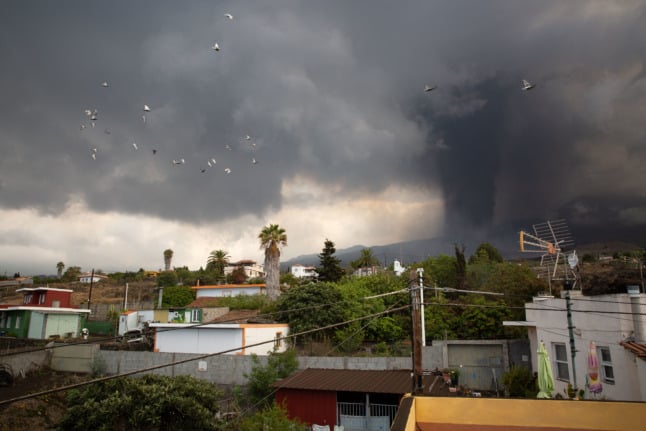
No casualties have been reported so far but the damage to land and property has been enormous, with the Canaries regional head Angel Victor Torres estimating the cost at well over 400 million euros. Some 400 buildings have been destroyed.
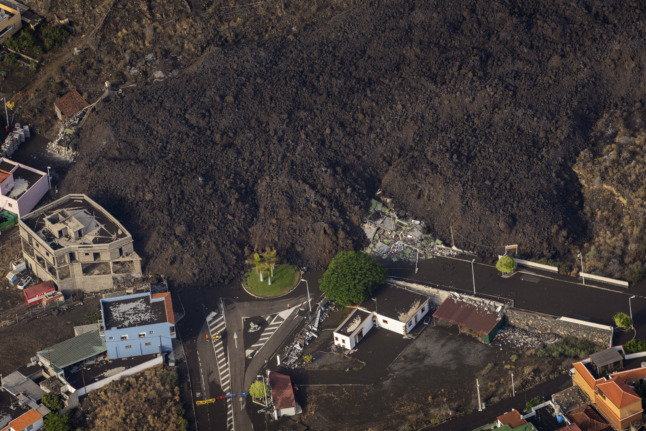
“The exceptional situation that La Palma is experiencing requires exceptional actions,” said Spanish Prime Minister Pedro Sánchez, in a press conference on Friday.
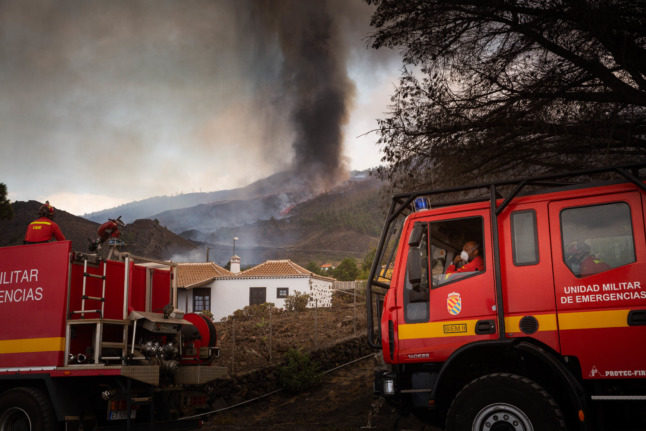
The Spanish government has announced a special plan to repair damaged infrastructure, houses and agriculture on the island.
Aviation authorities have closed the airport because of a build-up of ash.
Lava is still flowing from the volcano, although at a much slower pace. Experts hope it will not reach the coast because if it enters the sea, it could generate clouds of toxic gas.
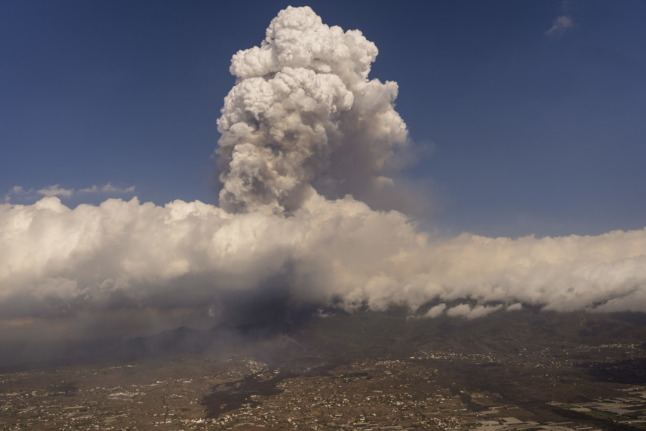
On Friday firefighters were forced to retreat as three more towns were evacuated.
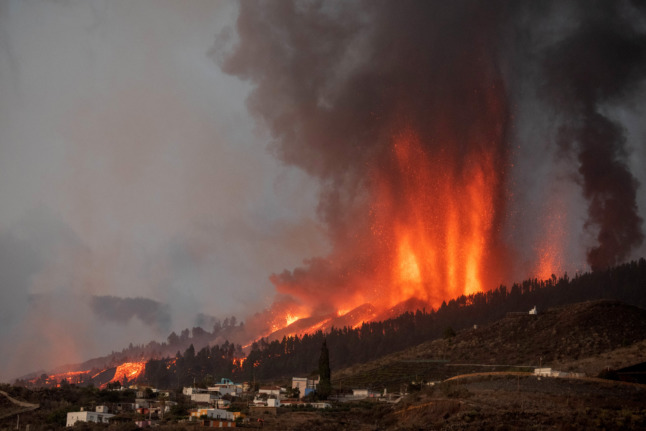
The eruption on La Palma, home to 85,000 people, was the first in 50 years.
Mount Cumbre Vieja last erupted in 1971. This recent episode has shaken the island. (Photo by DESIREE MARTIN / AFP)


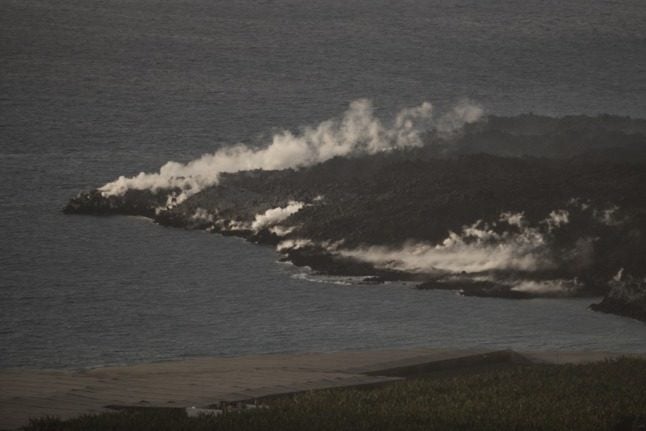
 Please whitelist us to continue reading.
Please whitelist us to continue reading.
Member comments